The long wait is over — the best augmented reality device on the planet is finally available.
Update #2, Friday, 12:45 p.m. ET: Yesterday's Microsoft HoloLens 2 announcement was welcome news for many but still left some eager developers scratching their heads in confusion as to the actual availability of the device. Over the past 24 hours, I managed to track down some sources to clarify a few things. Bottom line, yes, the HoloLens 2 is indeed "available" to all comers, but actually receiving one may take a bit of patience.
Microsoft is prioritizing its existing partners and major corporations (who did not need to participate in the pre-order process) as the first recipients of the device. So when you hear that the HoloLens 2 starting "shipping" yesterday, that primarily refers to the device going out to existing partners and companies with relationships with Microsoft who are getting their devices first. However, yesterday's announcement does also mean that Microsoft will begin shipping the device to individual buyers as soon as possible.
As you might guess, fair or unfair, this prioritization tier approach may lead to some delays in processing the orders of individual developers and smaller companies who are going through Microsoft's website to order the device.
Speaking of the website process, there's been some confusion about that, so here's some detail on how it works. There's no "buy" button on the Microsoft website. Instead, you need to sign up to register your interest in buying the device, after which you'll receive a phone call from a sales representative to obtain your payment information. Nevertheless, the timing around when individuals receive their sales call will vary widely.
However, if you pre-ordered your HoloLens 2 months ago, you can probably expect to receive a call before someone who just signed up yesterday. As for when you'll actually get the device, a source tells me that demand has been very strong, so it's possible you might have to wait anywhere from several weeks to several months, depending on how fast Microsoft can get orders shipped to partners and then individual buyers.
"Because of the overwhelming demand that we've gotten, we know that we're not going to be able to service everybody on day one," a Microsoft spokesperson told Next Reality. "So what we've started to do, based off the people who have expressed interest, [we've] started to work through systematically processing those orders and getting them out to customers. Customers 'will' start getting devices in their hands, we're actually shipping them, we're super excited about it."
Update #1, Thursday: While Microsoft PR told Next Reality in no uncertain terms that general availability of the HoloLens 2 would launch today, it appears this was a miscommunication as Microsoft Sales is now telling pre-order customers that while the HoloLens 2 is now officially shipping, they're still working through their "substantial" backlog of pre-order interest before opening up general availability. If you have pre-ordered by filling out the form on the HoloLens 2 buy page, you'll still have to wait for Microsoft to contact you to place your order once they're ready to ship to you. We have asked Microsoft for an estimated timeline for pre-order fulfillment and are awaiting a response. Read on below for our original reporting on today's launch, including some hands-on time with a production HoloLens 2.
On Thursday, Microsoft began the next phase of its immersive computing journey by officially opening sales to the general public for the HoloLens 2.
For those interested in acquiring the device alone, without any additional services or software, the cost is $3,500 per device, with no limits on the number of devices you can purchase.
On the other hand, if you're leading a team at a major corporation or startup and looking to outfit your crew with the devices, you may want to opt for the HoloLens 2 with Dynamics 365 Remote Assist package, which costs $125 per user per month.
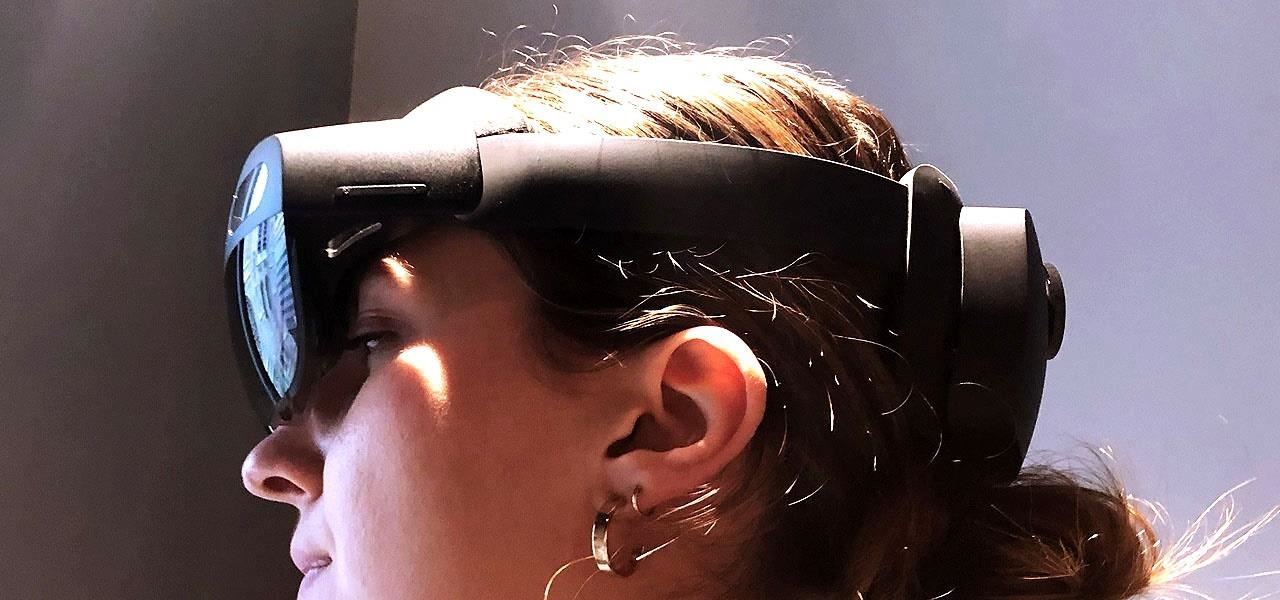
If you're a single developer, you'll likely be interested in checking out the HoloLens 2 Development Edition package, which comes with a $500 credit for Azure and a three-month free trial of Unity Pro and the PiXYZ Plugin (more about that here).

All three packages come with a device warranty, however, the Development Edition package doesn't offer a commercial use rights license (note: there is an option to upgrade after purchase).
Although a pre-order option has been around for much of this year, giving HoloLens true believers a chance to put in their orders early, today and the following months will kick off the true test of the HoloLens 2's viability in the enterprise market.

Based on my experiences with the HoloLens 2, I suspect we're about to see the device almost everywhere in the enterprise space — it's just that good. Earlier this year, I tested the device using software from Bentley called Synchro XR, as well as an app from Trimble, both software tools designed to serve construction and architectural firms.
Those demonstrations were impressive, but just a couple of weeks ago I also got to use the HoloLens 2 to try the Dynamics 365 Guides tool. Using the Guides tool, I was taken, step-by-step, through a mechanical repair process for an air compressor. The experience was seamless and powerful in terms of making an impression as to the HoloLens 2's worth.
The combination of the precise hand and finger tracking to grab, select, and move objects naturally, along with the crisp visuals and lack of perceptible latency convinced me that this tool could be used to teach practically anyone practically anything. Beyond training employees, the HoloLens 2 and Guides should (ideally) start showing up in medical and engineering schools in the very near future.

During this session, I also discovered the HoloLens 2 menu. I'm not exaggerating when I say it looks and feels like something out of Tony Stark's Iron Man lab.
To bring the virtual menu up, I simply lifted my forearm in front of my face and a kind of virtual sleeve appeared (anchored to my arm) which presented a panel of menu items, all of which I could easily select using the fingers on my other hand. It's important to point out that all of these interactions required zero learning curve — it was all extremely natural and intuitive.



I was also able to try another app called Graffiti 3D, which, if you're familiar with the VR painting app Tilt Brush, then you'll immediately be familiar with this new app's dynamic. But the difference here is that you're not closed off in your own world. Instead, you're painting your way through the real world via AR, with the ability to create any kind of strokes and color combinations your mind can think of, all in 3D space and observable from all angles.
This experience highlighted the HoloLens 2's ability to render instant occlusion for virtual objects, as I saw my hands obscured by the strokes and structures I'd created as quickly as they appeared.
The app also allowed me to play around a bit more with the device's Follow Me feature, which lets you take any virtual object you're interacting with and make it follow you around the office or factory floor persistently.

Currently, the Graffiti 3D app is fairly simple, but I can already imagine the potential use cases, from physicists collaborating in 3D space, marrying equations with constructs that are difficult to render on whiteboards, to interior designers using it to map out real spaces without moving a single piece of furniture. Oh, and it might be pretty cool for a few extremely immersive art projects as well.

If you're wondering how Microsoft made the leap from the HoloLens 1 to the HoloLens 2, Microsoft's Alex Kipman (the inventor of the device, and an NR30 honoree) recently gave the most in-depth look at how the HoloLens 2 works during a speech at ETH Zürich (see the video below).
The sheer amount of detail included in Kipman's presentation makes the video a must-watch for anyone looking to understand exactly how the HoloLens 2 works its magic.
I've tried nearly every augmented reality device available and my latest hands-on has only made me double down on my previous statement that this is the very best AR device on the planet. (At least for now.)
In fact, this is actually the rare case in which a tech company may be underselling its product, because using the HoloLens 2 feels more like science fiction than the very real, industrial-strength, enterprise-friendly device that it is.
Luckily for us, it's real, and it's finally available to all.
Just updated your iPhone? You'll find new features for Podcasts, News, Books, and TV, as well as important security improvements and fresh wallpapers. Find out what's new and changed on your iPhone with the iOS 17.5 update.
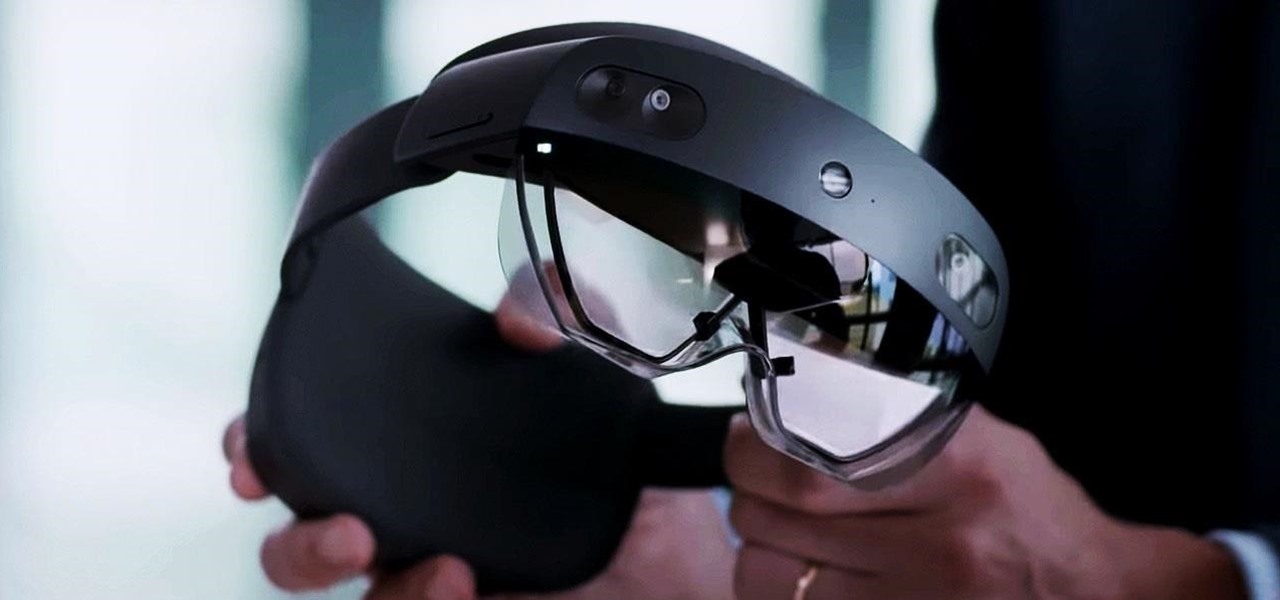








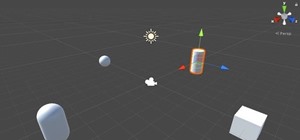
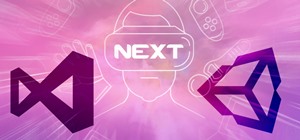
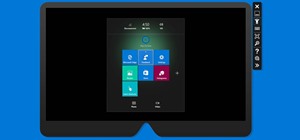
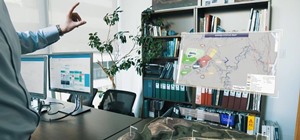
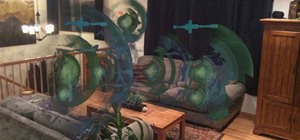
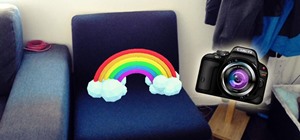
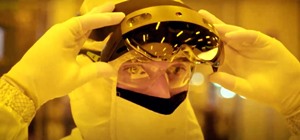
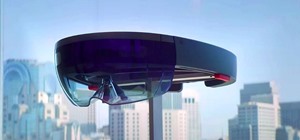
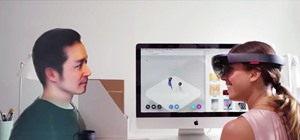
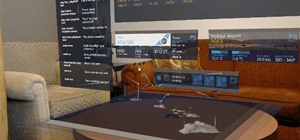
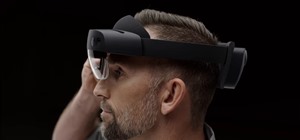
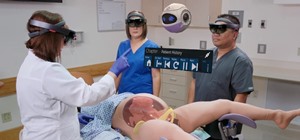
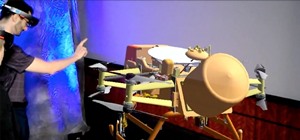
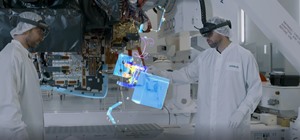
Be the First to Comment
Share Your Thoughts